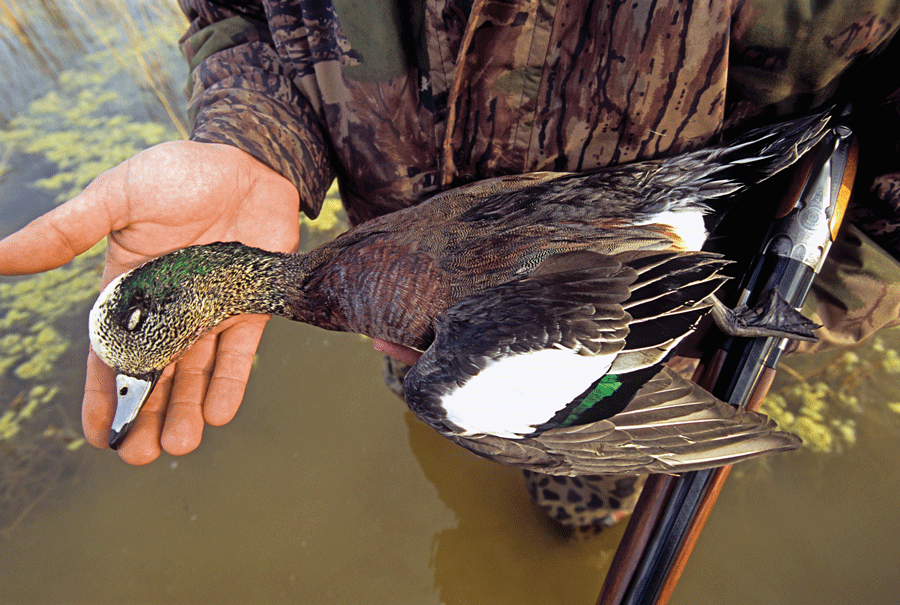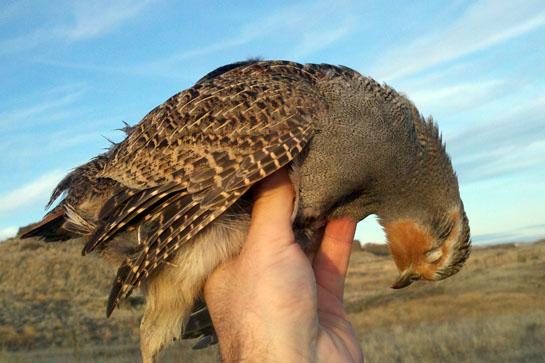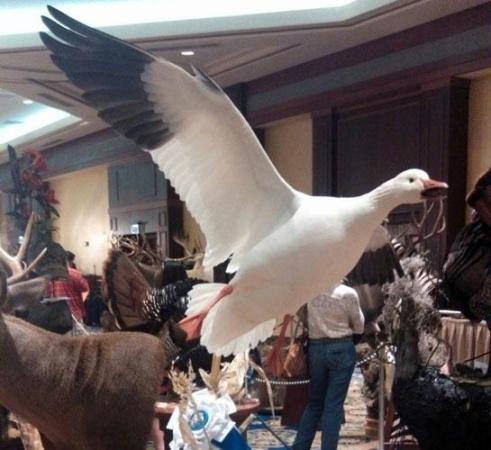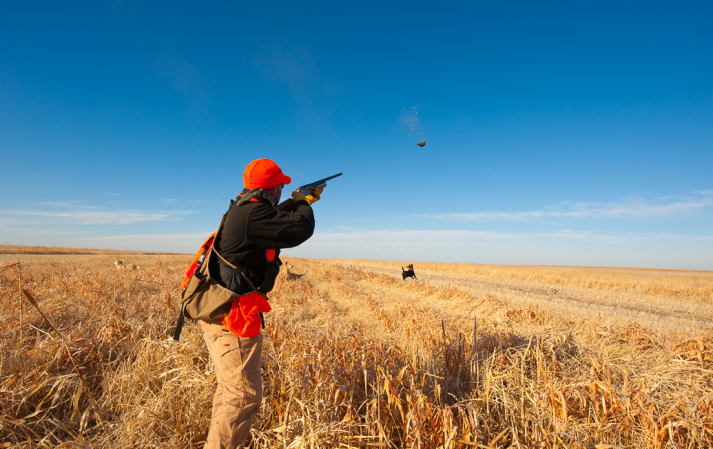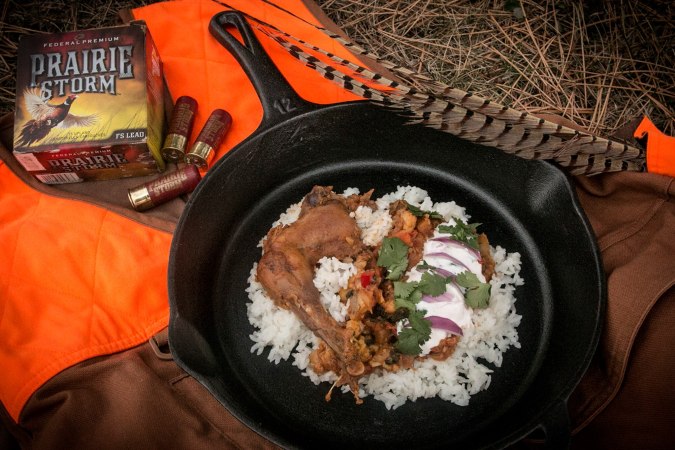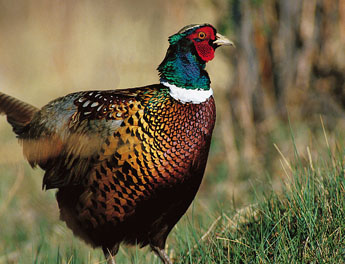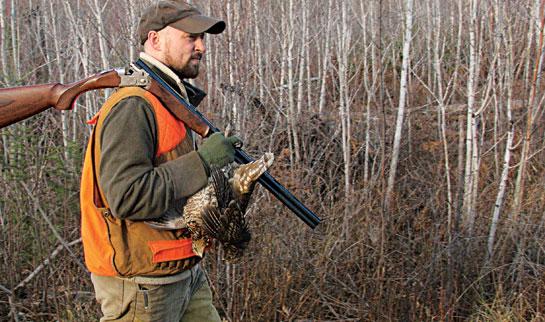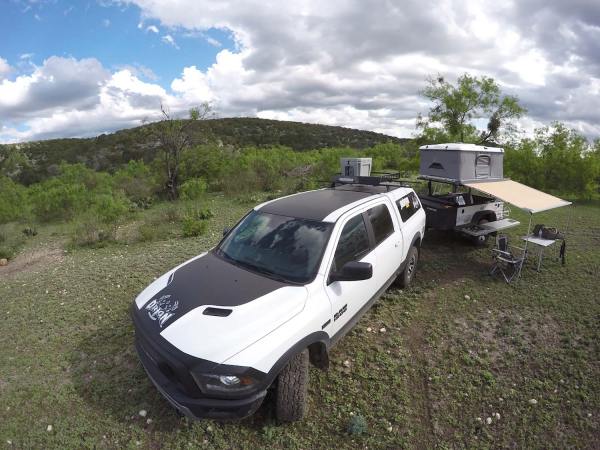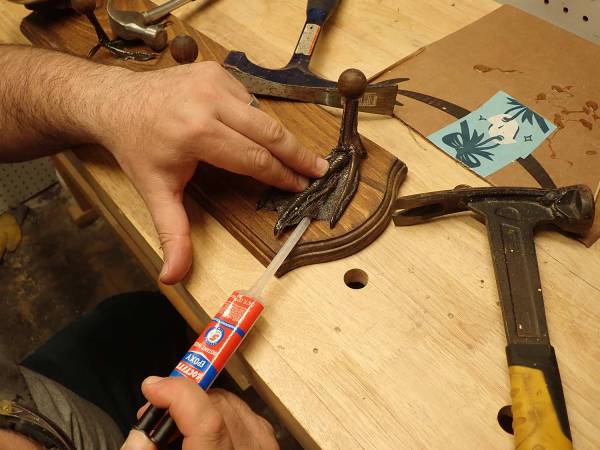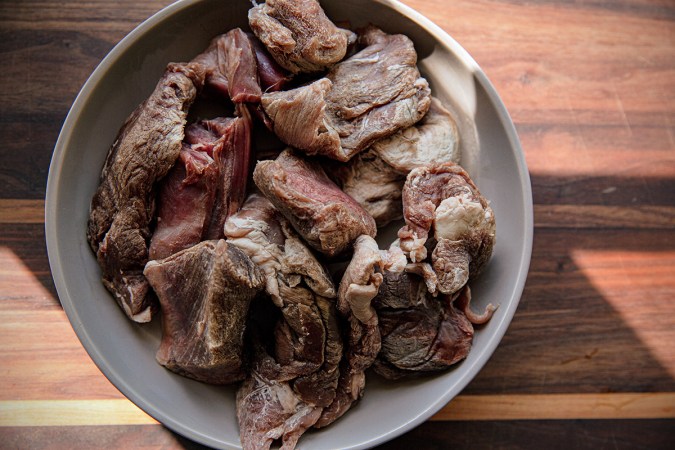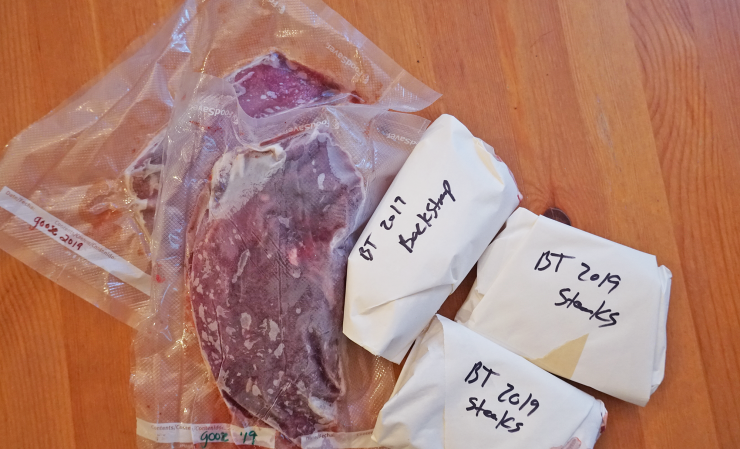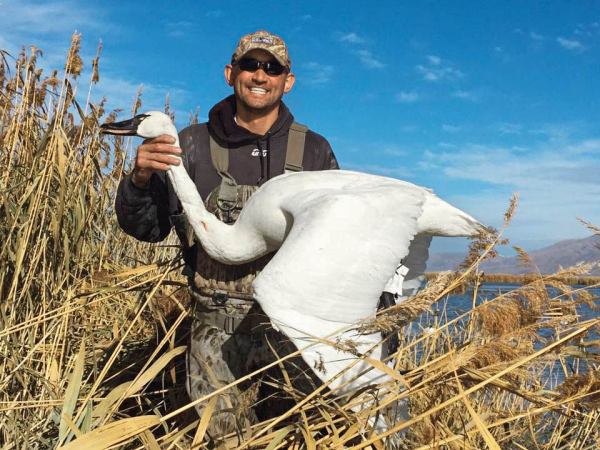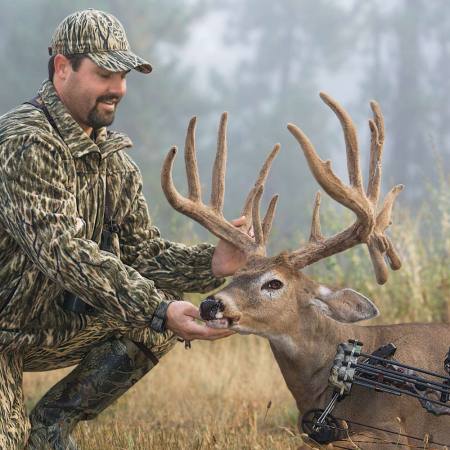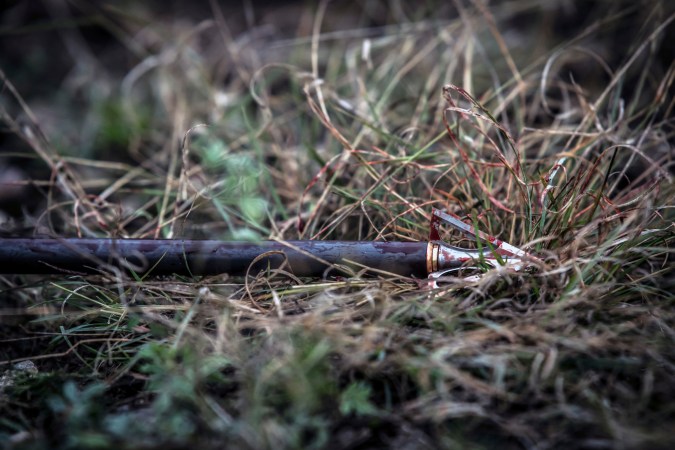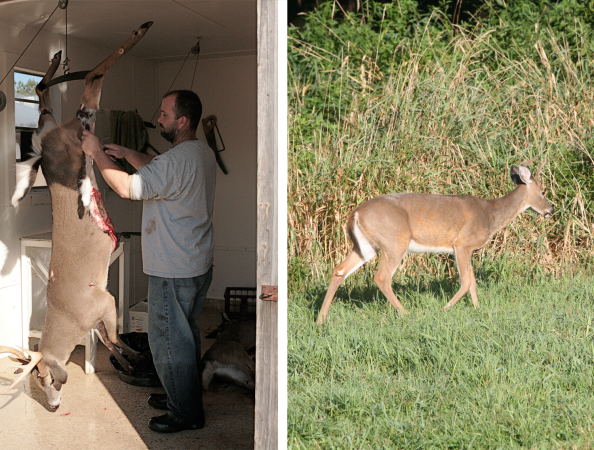Waterfowl and upland birds require special care and storage if destined for the taxidermist and, ultimately, your wall. Feathers, feet, beaks, and necks need to be protected from the moment you retrieve the bird to the moment you drop it off.
World waterfowl taxidermy champion Dale Manning of Custom Bird Works and Big Game Connections in Missoula, Mont., says that if you think you might want to get a bird mounted, you must first keep the dog away from it and refrain from adding it to your strap or leaving it in the back of the truck. He also recommends slipping a sleeve of pantyhose over the bird to protect the feathers. “The nicer the bird is when you bring it in, the nicer it’s going to be when you get it back,” says Manning.
Getting a duck or pheasant out of the field in good condition isn’t that hard. Storing the bird at home can be the bigger issue. Sliding it into a plastic bag and dropping it in the freezer is a great way to ruin the specimen, especially if you won’t take it in for a while.
“It’s totally dependent upon how it’s wrapped and frozen,” says Manning. “If someone knows they’re going to get something mounted but won’t have the money for a year, they need to put wet paper towels around the feet and head. Then they need to tuck the head under a wing, put it in a ziplock bag and get all the air out of it before sealing it. Then put that in a white kitchen garbage bag and squeeze all the air out of it. That’ll likely keep the bird good for a year or two—longer if it’s not in a frost-free freezer.”
The air circulating through a frost-free freezer sucks the life out of birds (and meat) by drawing the moisture out of the skin and burning the feathers, resulting in curled or bleached tips. Placing the head under the wing protects it from breaking once it’s frozen solid. Dropping the bird or placing something on top of a hardened neck in the freezer could cause it to break. It is possible to repair, but it’s very difficult and will likely leave a line in the feathers—and cost you more.
The Big Freeze
To really keep your mounts safe, freeze them in a block of ice. Doing this, Manning has kept birds in pristine condition for nearly two decades before mounting them.
Fill a ziplock bag with water, add your bird, and freeze it solid. Entombing it in a block of ice will protect feathers from unnatural bending and extremities from breaking. Perhaps most important, it keeps oxygen from pulling moisture out of the skin and feathers.
“Freezing them in a block of water works great for smaller birds like harlequins, teal, and wigeon, but for mallards and other large birds it can be difficult, unless you find some larger bags,” says Manning. “The key is to wash the bird so that all the feathers and down are wet before you freeze them. If you don’t get them wet first, those small feathers and the down will hold air even if submerged.”
Trophy Time Frames
As a rule, don’t plan on keeping a bird that you shoot before November 15 for the wall. Prior to then, pinfeathers abound in the plummage and will make for a poor mount. “When birds are alive or fresh-killed, the pinfeathers will hold. But with no blood circulation, they just fall out when we go to work on them,” says Manning. “As expensive as taxidermy is getting to be, you don’t want to pay for a sub-par mount.”

